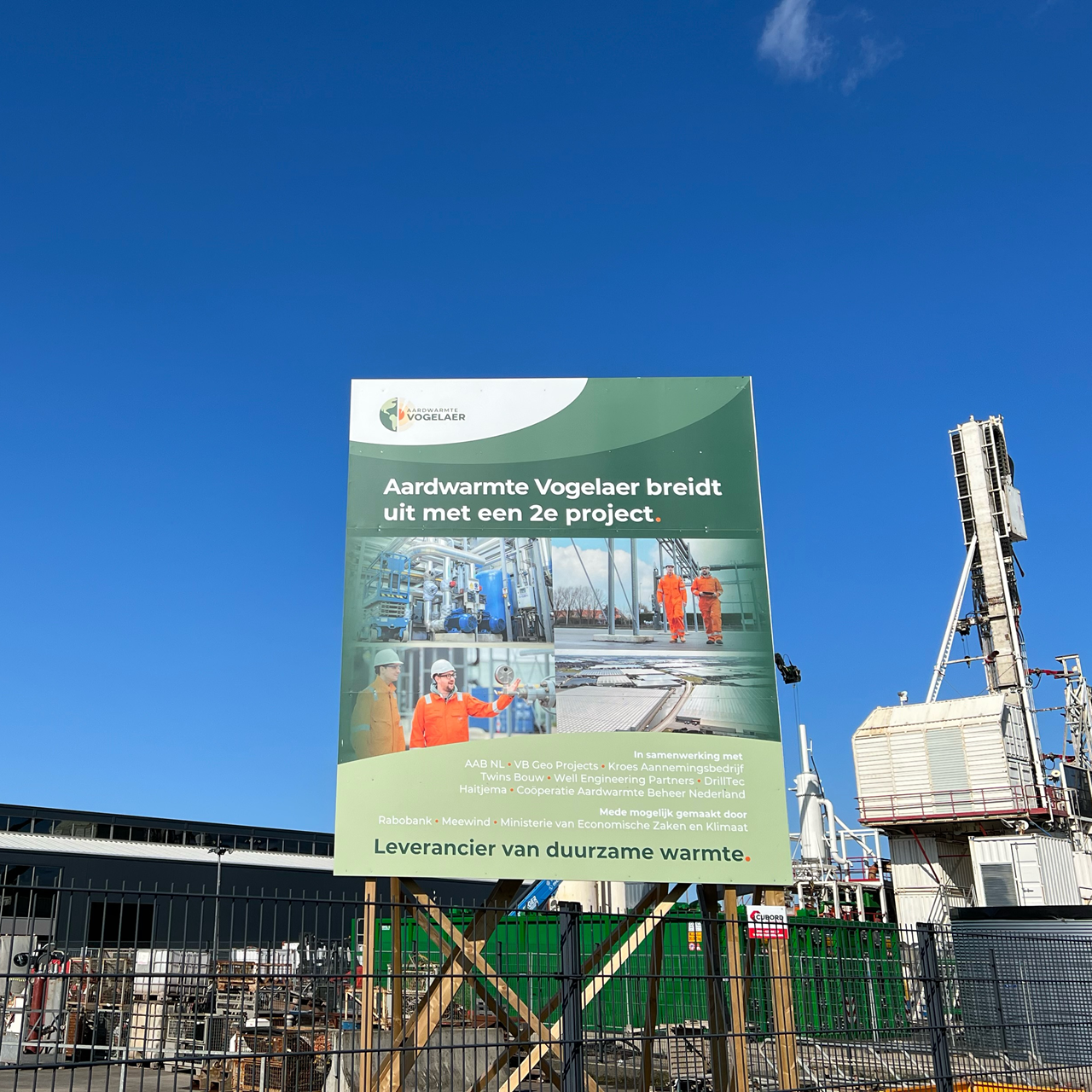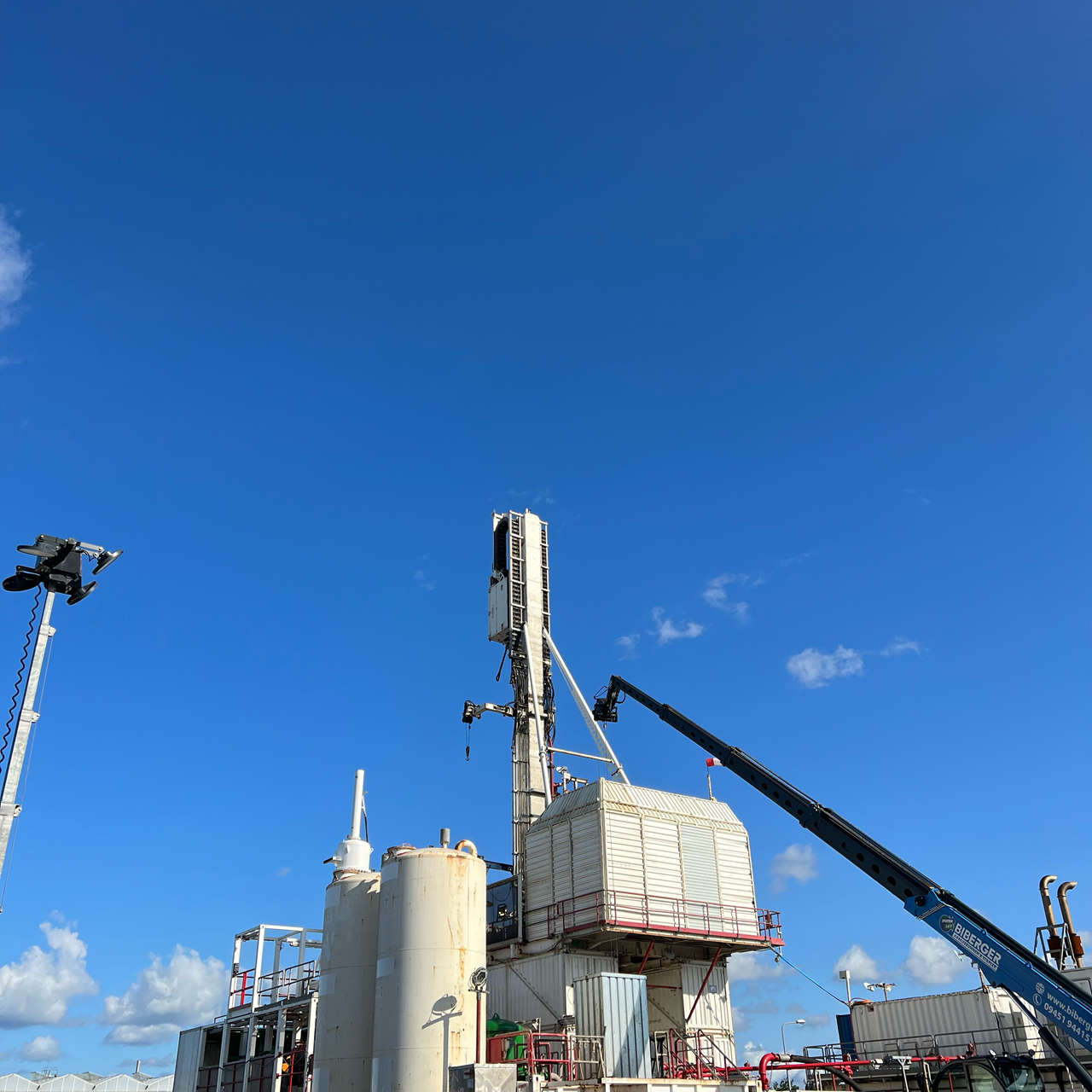Westland Heat System: A Step towards Greener Future
In the ongoing search for more sustainable and environmentally friendly energy sources, Westland has taken an innovative step by working towards a heat network. This network, which distributes thermal energy for heating greenhouses, plays a crucial role in reducing dependence on fossil fuels and promoting sustainability in the region. Frestia is working with Geothermal Vogelaer to continue taking steps to make the network a reality.

Benefits of the heat network
The future heat network in Westland will primarily use geothermal heat. This heat will be extracted from the earth's layers of between 2 and 3 km. In the further future, residual heat from industry will also be connected. This residual heat, previously considered a by-product, will now be converted into a valuable source for heating greenhouses and homes. This initiative has several benefits for both the environment and the local economy.
First, the heat network helps reduce CO2 emissions. Using geothermal and waste heat reduces the need for natural gas for heating, leading directly to lower greenhouse gas emissions. This fits well with the Netherlands' efforts to meet climate targets and create a greener future.
Secondly, the heat network has economic benefits for the region. The greenhouse horticulture sector in Westland is of great importance to the Dutch economy, the use of geothermal and residual heat not only provides an efficient energy solution, but also strengthens the competitive position of horticultural companies. This helps make the sector more sustainable and resilient in an ever-changing energy landscape.
Moreover, the heat network contributes to the circular economy. Geothermal heat is a sustainable energy source because the pumped water remains in a closed circuit. By reusing waste heat, a closed loop is created where resources are optimised and waste is reduced.
Positive changes
Although the first steps have been taken to realise the Westland heat network, there are still many steps to be taken to achieve a fully closed heat network. Expanding the infrastructure, encouraging more companies to participate in the network and raising awareness among the local community are some of the aspects involved.
At a time when sustainability plays a central role in shaping the future, Heat System Westland is a good example of how innovation and collaboration can lead to positive change. Using renewable heat as a valuable resource not only creates a cleaner and greener environment. It also harmonises economic and environmental sustainability.
